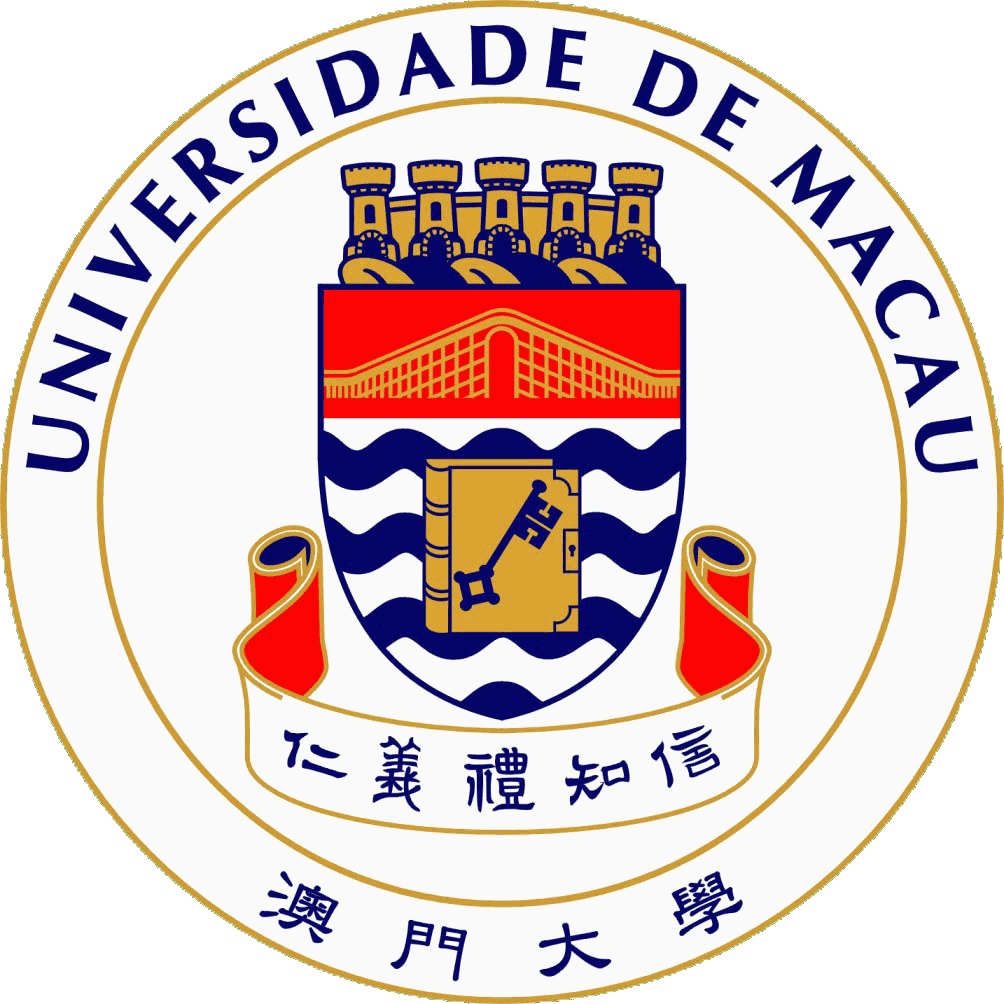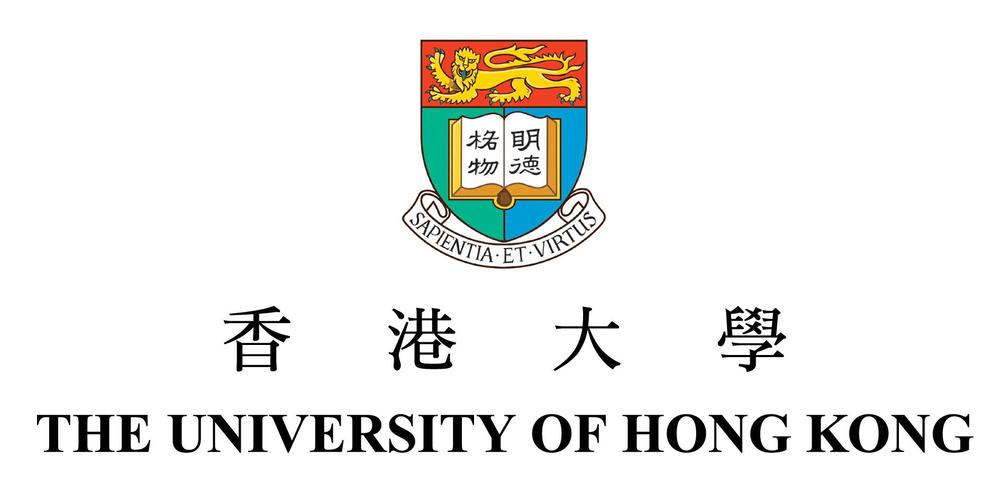


12-14 Dec, 2017 : Smart Mobility, Power Transfer & Security
Organizer:



Co-Organizer:


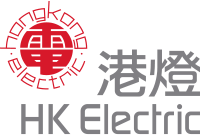
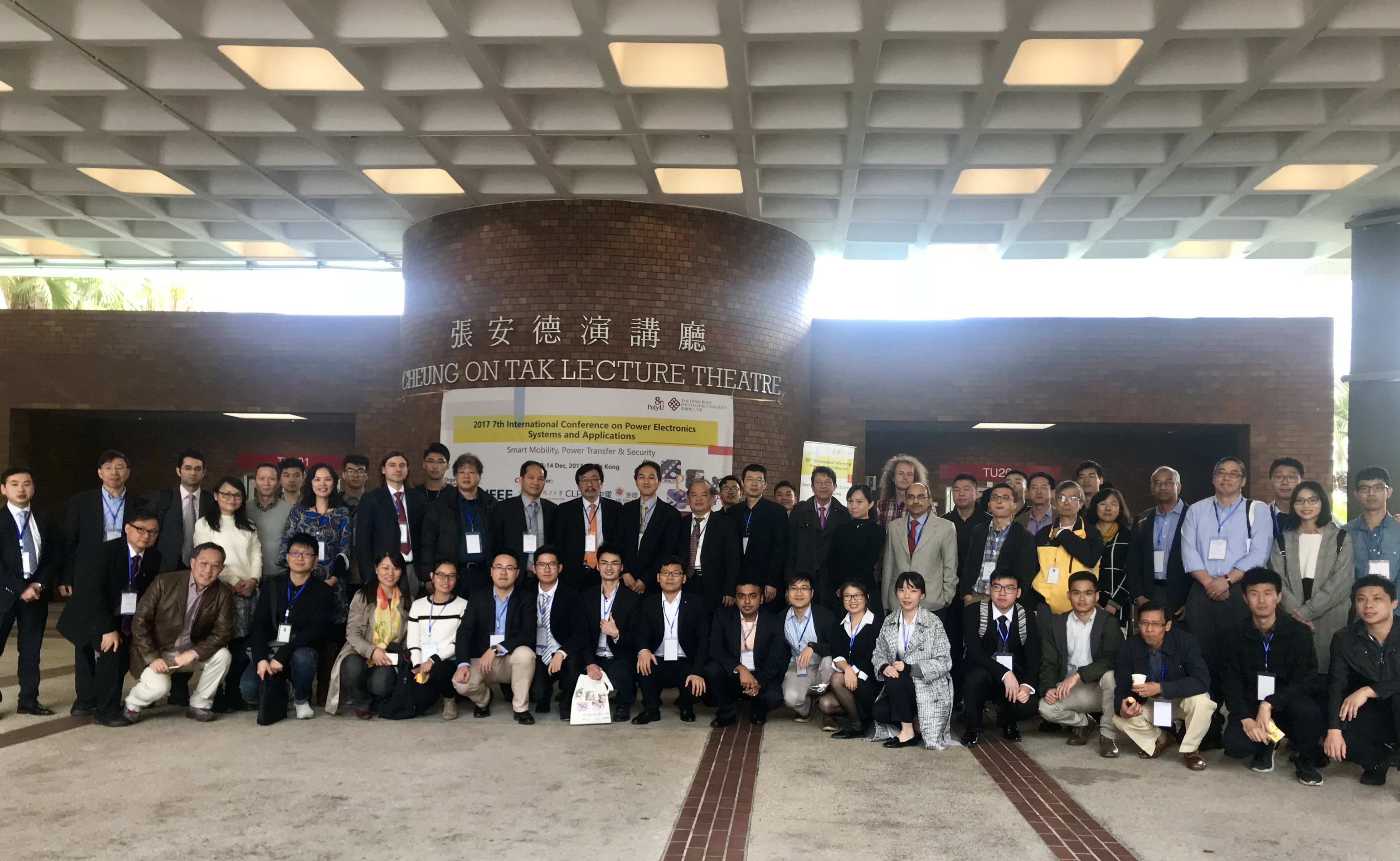
ARE YOU READY TO CHANGE THE WORLD?
12 - 14 Dec, 2017
Dept. of EE, The Hong Kong
Polytechnic University
The 7th International Conference on Power Electronics Systems and Applications will be held in December 2017 in Hong Kong. This three-day conference focuses on the recent research and the industrial projects of power electronics and related technology.
The conference aims to be a key international forum for the exchange and dissemination of technical information on power electronics among academics and practicing engineers in the field.
The coming conference features technical presentations and panel discussion sessions. The technical presentations will be presented by eminent academics, engineers and managers around the world and will cover topics of current interest in the area of static power conversion, machines, drives, traction, devices, simulation, and energy saving. The panel discussion sessions will provide an open forum for exchanging ideas on the recent development, applications and new standards in power electronics.
This year the theme is "Smart Mobility, Power Transfer & Security", which aims to explore the near future new energy processing for applications and research in the field. All papers will be published in IEEE Xplore subject to IEEE and Conference committee.
KEYNOTE SPEAKERS |
|
|---|---|
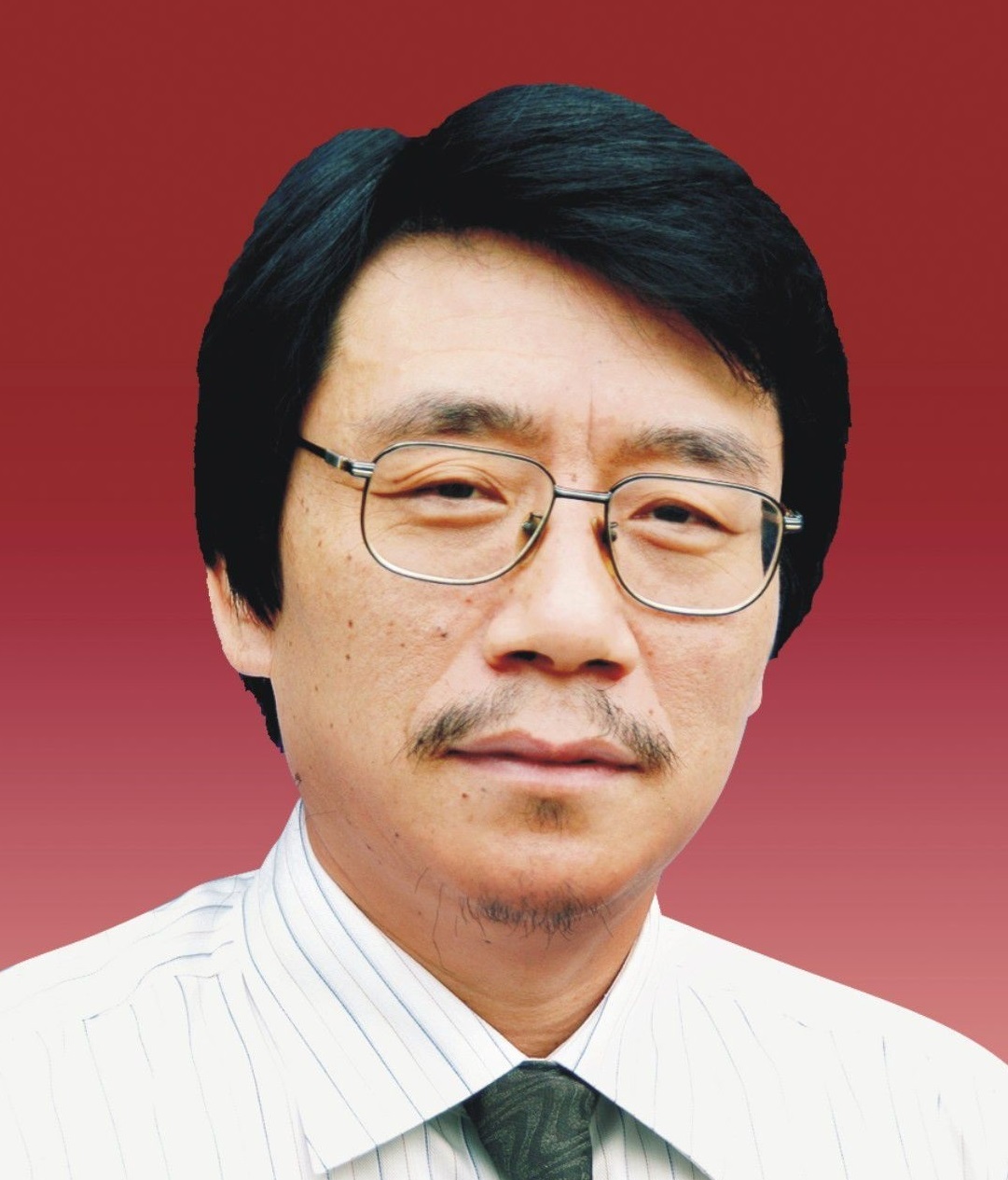 Prof. Shibin Gao Defective detection technique and equipment for safe operation of the high-speed railway pantograph-catenary (6C) In the traction supply system, most of the defects come from pantograph-catenary system. Due to the violent vibration of the catenary and the violent arc in the pantograph-catenary, the collapse and short circuit of the catenary often take place and will interfere or even threaten the safe operation of the vehicles. In the past decades, the detection of pantograph-catenary is human-based. 40 thousand railway personnel climbed onto the support devices to check the potential defects during night. With the rapid growth of the China high-speed railway’s mileage, to ensure the safe operation of the high-speed railway and eliminate the hidden danger of the workers, an automatic detection system is established to report all of the potential defects and evaluate the health of the pantograph-catenary. |
 Prof. Adrian Ioinovici Systematic Generation of Smart Grid - Purposed Converters Supplied by Environmental-Friendly Sources of Energy After clarifying some misunderstandings about the switched-capacitor converters and discussing the shortcomings of this type of converters if used in conjunction with the green sources of energy, a group of step-up switched-capacitor-inductor cells will be presented. They have been developed in order to be inserted in basic converters with current source type of input in order to get a large dc gain, non-pulsating input current, low components count, and high energy processing efficiency. It will be shown that almost all the available large dc gain converters have the same geometric structure. Starting from such a graph, a systematic procedure for synthesizing new converters will be shown. It permits not only to rediscover the available structures, but to find new converters suitable to be used in smart grids supplied by green sources of energy. Criteria for comparing different converters in order to find the best ones in such applications and ways for generalizing the converters for getting ultra-high dc gains, with different performances will be explained. |
 Prof. Pat Wheeler Electric Superbike Racing – the Design and Construction of a winning Electric Motorbike In 2009 the world’s first Zero Emissions Motorbike Grand Prix was held as part of the world famous TT races on the Isle of Man. I have been a senior member of the Technical Group which writes, maintains and enforces the rules for racing electric motorbikes since this historic race. I also manage a race team which are currently the European Champions for the second year in a row as well as finishing in a podium position in the TT Zero race in 2016. This talk will take a look at the reasons for promoting electric superbike racing before looking at the design and construction of the University of Nottingham’s award and race winning Electric Superbike. This bike is capable of speeds of over 200mph (320km/hr) and accelerates from zero to 60mph in well under 2.3 seconds! |
 Prof. Jianguo Zhu Robust Design Optimization for High Quality Production of Electrical Machines and Drive Systems Prof. Jianguo Zhu received his BE in 1982 from Jiangsu Institute of Technology, ME in 1987 from Shanghai University of Technology, China, and PhD in 1995 from University of Technology, Sydney (UTS), Australia, all in electrical engineering. In 1994, he was appointed a lecturer in School of Electrical Engineering at UTS. He was promoted to full professor of electrical engineering in 2004 and later the Head of school. He is currently a Distinguished Professor at UTS. His research interests include electromagnetics, magnetic properties of materials, electrical machines and drives, power electronics, and renewable energy systems. |
TUTORIAL SPEAKERS |
|
|---|---|
 Prof. Chun T. RIM Theories for Wireless Power Transfer Rapid expanding technologies of wireless power transfer (WPT) to mobile devices and electric vehicles (EVs) make electric charging more convenient, safe, and automatic. WPT business and industries are growing fast, and more people are getting involved in this area. Innovation on WPT is highly sought in this area; however, no substantial progress in technology is possible without thorough and philosophical understanding of WPT. It is very often ignored and underestimated by engineers and practitioners, but theory is the basis of great innovation. In this tutorial, an overview of WPT and its fundamental principles are introduced first. Several theories on inductive power transfer (IPT), mostly invented by Prof. RIM, are explained in detail, including coupled coil model, gyrator circuit model, magnetic mirror model, active electro-magnetic force (EMF) cancel models, and general unified dynamic phasor. A few application examples of IPT for dynamic and static EV charging and mobile devices are given. |
 Dr. Iqbal Husain Design and Analysis of Electric Machines and WBG Power Electronics for Electric and Hybrid/Electric Vehicles The transition to electric road transport technologies is gaining momentum with record-high new electric vehicle registrations taking place in 2016. In the United States five different auto manufacturers sold at least 10,000 electric vehicles last year. New electric vehicles are being offered with improved performances and capability such as increased acceleration and extended range. These capability and performance enhancements are met with an increased demand in the propulsion system. In the future, designs will need to evolve to meet new requirements such as moving to higher system voltages. DC-link voltage level up to 800-V standard is being considered to support charge rates up to 350kW. While the battery system is a critical piece in the propulsion system of an electric vehicle, the electric motor drive is the key component that contributes to its core strength of smooth acceleration and responsive on-demand power which is reflected in the higher performance of the vehicle. The elements in the motor drive system are the electric machine, the power electronics (inverter) and the DSP/FPGA based controller. The interior permanent magnet (IPM) machine is the electric machine of choice for the production electric and hybrid vehicles. The development of the power electronics based motor drive is continuing with vast reductions in the weight, size, and cost particularly with the advent of wide bandgap power semiconductor devices. This tutorial will start with system level analysis for an electric and hybrid/electric vehicles that lead to the sizing and specifications for the propulsion system components. Then the focus will shift to the design and analysis of electric machine and SiC inverter for electric vehicle traction applications. Example designs with analysis will be provided. |
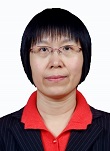 Prof. Ping Zheng Compound-Structure Permanent-Magnet Synchronous Machines Used for Hybrid Electric Vehicles Due to the rising pressure of energy crisis and environmental pollution, hybrid electric vehicles (HEVs), especially series-parallel HEVs, have gained much attention. Many well-known series-parallel HEVs, such as Toyota Prius and Chevy Volt, employ a planetary gear unit for power splitting. The planetary gear unit enables independent speed and torque control of the internal combustion engine (ICE) with maximum system efficiency. Unfortunately, it suffers from its main drawbacks, such as mechanical vibration, noise, and maintenance. To get rid of the planetary gear unit, researchers have proposed various pure electrical schemes based on the compound-structure permanent-magnet synchronous machine (CS-PMSM). The CS-PMSM, also known as four-quadrant transducer (4QT), electrical variable transmission (EVT), or dual mechanical port (DMP) electrical machine, has similar function as planetary gear unit and has the advantages of compact structure and easy control. At present, CS-PMSMs are classified into two types: schemes with brushes and without brushes. CS-PMSMs in early period of investigation all have brushes. Owing to the inherent defects of brushes and slip rings, various brushless CS-PMSMs are further proposed. In this presentation, topologies and operation principles of CS-PMSMs will be introduced. Further, analysis and solution of key technical problems, such as magnetic couplings and overheating of the inner-rotor windings in brush CS-PMSMs, and low power factor and high harmonic losses in brushless CS-PMSMs, and control strategy of CS-PMSM, will be detailed. Finally, some current trends and challenges are also discussed. |
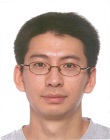 Prof. Pan Jianfei Coordination of multiple linear machines network Prof. Pan received his BE in 1997 from Changchun Polytechnic University, and Ph.D. from Department of Electrical Engineering of Hong Kong Polytechnic University in 2007. Currently he is working in College of Mechatronics and Control Engineering, Shenzhen University. He was promoted to full professor in 2013 and later the Vice Dean of college. His main research interests are design and control of switched reluctance motors and generators. |
Paper submission |
||||||||
|---|---|---|---|---|---|---|---|---|
|
||||||||

